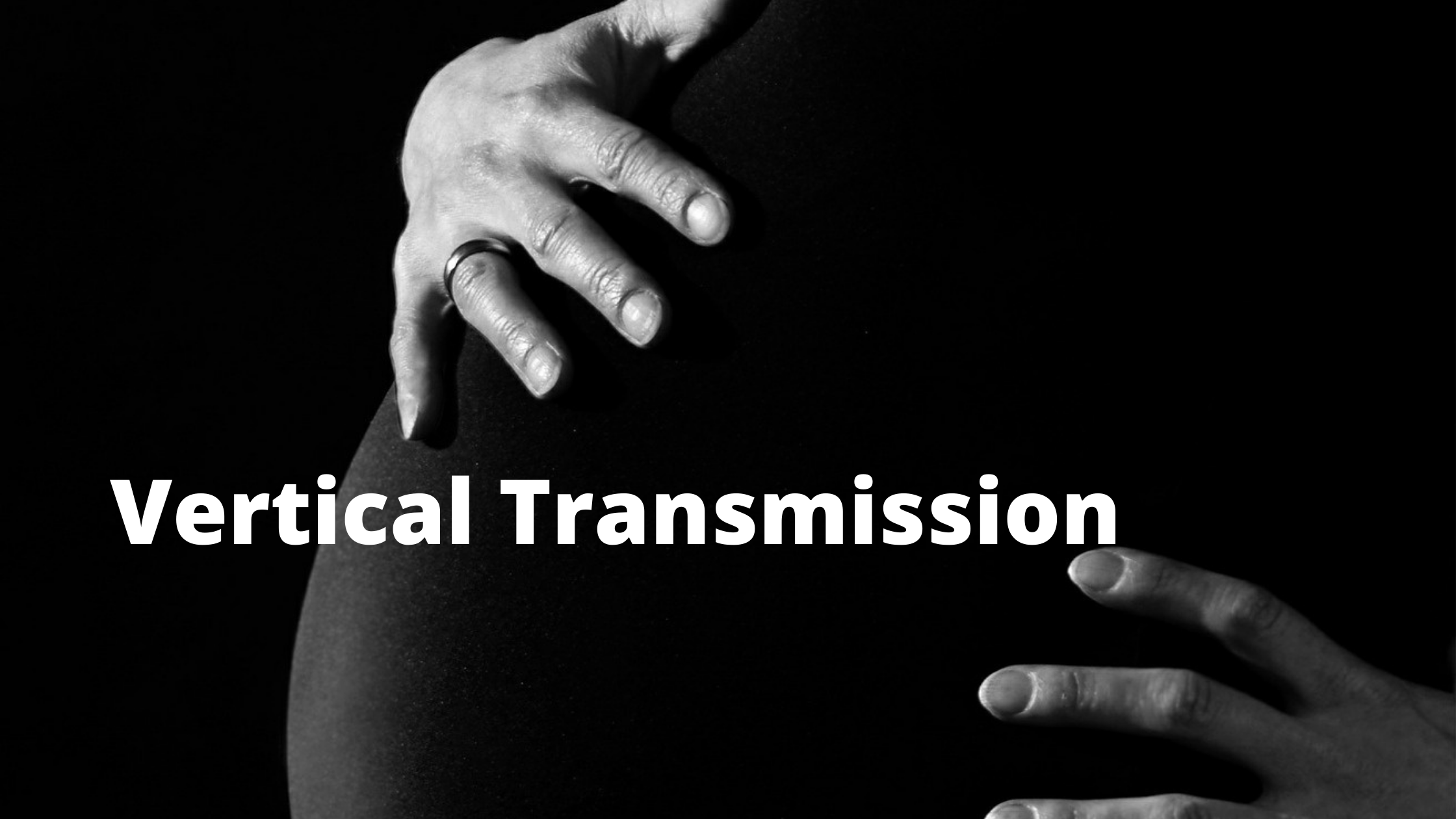Implantation Bleeding: Causes, Symptoms and Treatment


Overview
Spotting shortly after ovulation may be a sign of implantation bleeding. Implantation bleeding is harmless. It is a sign that one of the woman’s eggs was fertilized during the previous ovulation and has attached itself to the uterus lining.
This blog comprehensively explains when and why implantation bleeding happens, its symptoms, and how women can identify it from the other common causes of vaginal bleeding.
What is implantation bleeding?
Early pregnancy spotting is normal and may be the first sign of pregnancy. Implantation bleeding occurs typically within days of conception when the embryo (or blastocyst) attaches to a woman’s uterus lining.
Some women mistake it for their regular period since it may look similar and occur at the expected time of their normal cycle. However, it is generally lighter than a period and often occurs between 7 and 14 days after conception. Implantation bleeding happens sooner than the scheduled menstruation cycle.
What are the symptoms of implantation bleeding?
The most common symptom associated with implantation bleeding is light bleeding or spotting that typically lasts a few days. The other signs of the first trimester of pregnancy may also happen. These can include:
When should the woman see a doctor?
Light bleeding during the different stages of pregnancy is normal. Various factors, including irritation from a routine exam, sex, or a vaginal infection, can also cause light bleeding. It does not typically last long. However, women experiencing any bleeding should report it to the doctor to be on the safe side.
Women who experience heavier bleeding may need medical attention. When blood clots or menstrual cramps accompany heavy or continuous blood flow, it may indicate serious complications, including:
- A molar pregnancy – a noncancerous tumour develops in the uterus
- In an ectopic pregnancy – the egg implants outside the uterus. It is a medical emergency
- A miscarriage – the early loss of pregnancy
Request an appointment at Apollo Hospitals
Why does implantation bleeding happen?
When the fertilized egg inserts itself into the uterine wall to grow, it may rupture a small number of blood vessels in the lining, leading to women experiencing some bleeding.
What are the complications of implantation bleeding?
Most of the time, implantation bleeding is not a cause for concern. It is a sign that the uterus is preparing for the embryo to begin its growth.
Women who are still doubtful about whether they have experienced implantation bleeding or a period may take a pregnancy test to determine if they are pregnant. However, women should wait for a few days after the bleeding has stopped before taking the test.
When does implantation bleeding occur?
The general timeline of ovulation, fertilization, and implantation based on a regular 28-day menstrual cycle is as follows:
- Day 1 – the first day of the menstrual period.
- Days 14 – ovulation occurs 14 days before the next menstruation.
- Days 14 to 15 – fertilization occurs 0 to 1 day after ovulation (typically within hours of ovulation).
- Days 20 to 24 – implantation occurs about 6 to 7 days after fertilization, and implantation bleeding may occur for a few days.
What does implantation bleeding look like?
A woman may find it difficult to differentiate between implantation and normal period bleeding. However, implantation bleeding can either appear as light spotting or a light flow that may or may not need a pad. Sometimes, the blood may be mixed with cervical mucus
A range of colours depends on the time it takes for the blood to exit the body. The different implantation bleeding colors mean different things, such as:
- Light or dark red: Fresh blood
- Pink or orange: The blood that could be mixed with other vaginal discharge
- Brown due to oxidation: Older blood
Women need to note down the colour, frequency, and consistency as this helps to discuss with the doctor for an accurate diagnosis.
How is implantation bleeding treated?
Implantation bleeding is a typical pregnancy sign and is usually not dangerous. Therefore, there is no requirement for treatment. Bleeding caused by implantation typically clears up within a couple of days. Abnormally heavy bleeding can be a sign of menstruation or a pregnancy complication. Doctors advise women not to use tampons during this time.
How long does implantation bleeding last?
Implantation bleeding is usually light and short, occurring for a few days. It typically occurs 10-14 days after conception or around the time of the woman’s missed period. However, vaginal bleeding has been reported anytime in the first eight weeks of pregnancy in some women.
What are the differences between implantation bleeding and a period?
The primary differences between a regular period and implantation bleeding are as follows:
Regular period
- Normal menstruation typically lasts less than eight days and differs according to age.
- When bleeding starts, it is often heavy, but towards the end, it lightens up.
- The period may cause severe uterine cramping, which can happen before bleeding and might continue for several days.
Implantation bleeding
- Typically, bleeding does not last longer than 24 to 48 hours and is very light.
- Uterine cramping is much milder or even non-existent.
Conclusion
Implantation bleeding happens when a fertilized egg implants itself into the lining of the woman’s uterus. It may be confused with a regular period due to the symptoms it causes and the time in which it occurs. However, implantation bleeding is much shorter and lighter than an average period most of the time.
Frequently Asked Questions (FAQs)
What are the other causes of bleeding in pregnancy?
A pregnant woman may experience bleeding as a result of
- Sexual intercourse
- Polyps and fibroids
- Infections
- Miscarriage
- Cervical issues
- Ectopic or molar pregnancy
How does one differentiate between implantation bleeding and regular menstruation bleeding?
It may be difficult for women to differentiate between implantation bleeding and menstruation bleeding as the symptoms may be similar.
How do doctors diagnose implantation bleeding?
Doctors diagnose implantation bleeding through a process of elimination after discussing symptoms, frequency, colour, and consistency of the blood.
© Copyright 2024. Apollo Hospitals Group. All Rights Reserved.
 +91 8069991061
Book Health Check-up
Book Health Check-up
Book Appointment
Book Appointment
+91 8069991061
Book Health Check-up
Book Health Check-up
Book Appointment
Book Appointment







